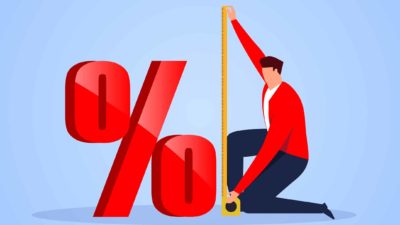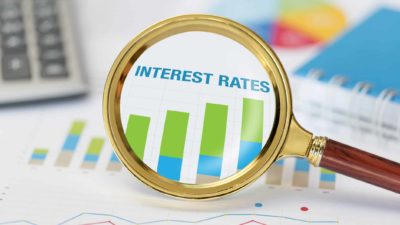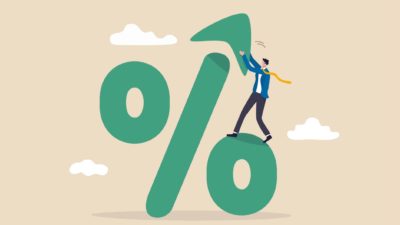Negative GDP growth… There are few phrases dreaded more in economic circles, not to mention in political ones. Yet that is what the United States of America has just confirmed occurred in its economy.
Overnight, we learned that GDP (or gross domestic product) fell at an annualised 0.3% over the quarter ending 31 March. GDP measures the value of all the goods and services produced in an economy. As such, this effectively means that the US economy shrank over the first three months of 2025.
According to CNBC, it is the first quarter of negative economic growth for the USA since the first three months of 2022.
Remember, a recession is technically defined as two consecutive quarters of negative GDP growth. So one could say that the US is now halfway there, given these latest numbers.
Interestingly, CNBC reports that this negative growth has been fueled by a surge in imports into the American economy. Imported goods and services negatively impact GDP, as they represent capital flowing out of one market into another. Imports allegedly rocketed by a whopping 41.3% over the quarter. This has been attributed to a rush to buy foreign goods before President Donald Trump's tariffs (which are, in effect, taxes on imports) take effect.
But that's not the only factor behind the US' negative GDP growth. Economists also blame economic uncertainty for reduced spending and a drop in government spending in the wake of Trump's Department of Government Efficiency (DOGE) cuts.
CNBC quoted Chris Rupkey, chief economist at FWDBonds, as stating the following on these numbers:
Maybe some of this negativity is due to a rush to bring in imports before the tariffs go up, but there is simply no way for policy advisors to sugar-coat this. Growth has simply vanished.
So what does all this mean for investors?
Should investors be worried about America's negative GDP growth?
Well, I think that it's too early to say for certain that the US' GDP figures point to a recession. But although we're halfway there, investors perhaps don't need to live on a prayer just yet. As we noted above, it's possible that, without the surge in imports in anticipation of the incoming tariffs, growth would have come out as positive for the quarter.
Even so, we shouldn't discount the possibility that the US' new trade policies will hurt the country's economy. If the US does tip into recession, the stock market may well take a hit.
Remember, investors haven't really priced in any meaningful changes in the current market. Sure, the flagship S&P 500 Index (SP: .INX) is about 9% off its February all-time high. But we can also observe that the market is still at the same level today as it was in September of last year.
The next few months will be very telling as to what might happen with the US economy over the rest of 2025. If next quarter's numbers turn out to be negative too, then it's time to have the 'recession' talk. In my view, investors should hope for the best, but have a plan for the worst.









